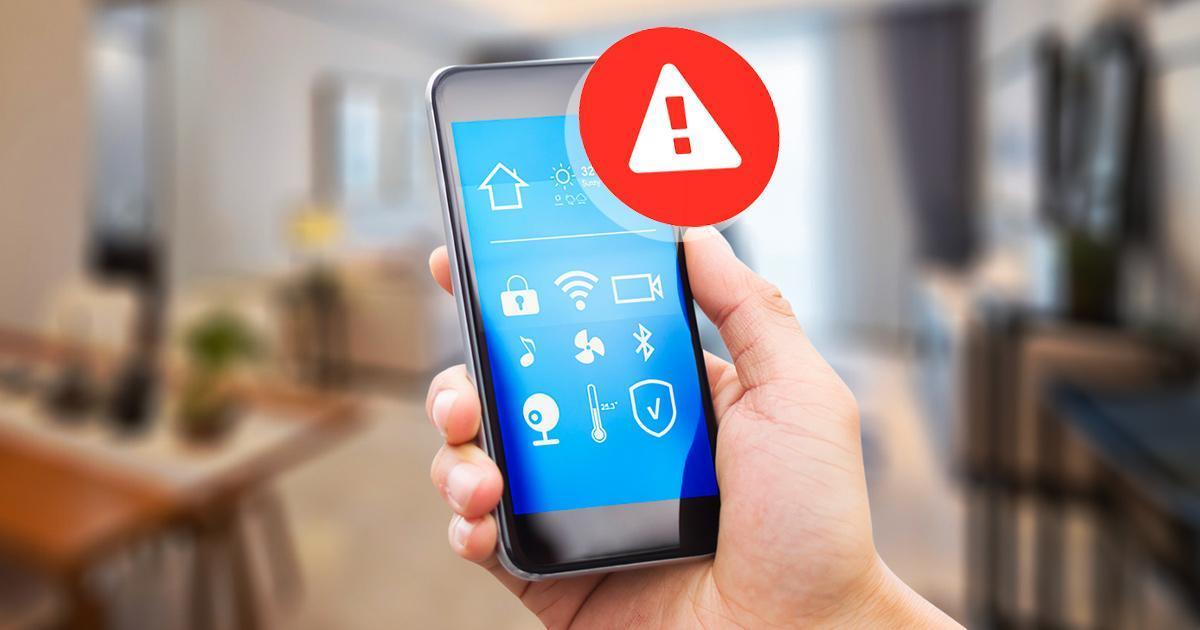What Is The Risk Associated With Smart Technology & How To Address It?

The advent of smart technology has transformed our living environment, introducing unparalleled convenience and connectivity to our households. From voice-controlled assistants to interconnected devices, smart technology has made our lives more efficient and enjoyable. Nevertheless, similar to any progress in technology, it is crucial to acknowledge the potential hazards associated with it. In this article, we will explore the risks associated with smart technology and discuss ways to address them, ensuring a safe and secure smart home environment.
What is Smart Technology?
Smart technology encompasses the integration of internet-connected devices and appliances, enabling remote control or autonomous operation. These devices, collectively forming a smart home ecosystem, include voice assistants, thermostats, security cameras, door locks, lighting systems, and more. By leveraging the power of automation and artificial intelligence, smart technology aims to enhance convenience, energy efficiency, and overall comfort in our daily lives.
What Are the Risks Associated With Smart Technology?
While smart technology offers numerous benefits, it also poses certain risks that users should be aware of. Here are some key risks associated with smart technology:
1. Privacy and Data Security
Smart devices can collect and transmit vast amounts of data, including personal information, usage patterns, and even audio or video recordings. This constant data collection raises concerns about privacy and data security. If not properly secured, this data could be accessed by hackers, leading to identity theft, unauthorized surveillance, or misuse of personal information. Additionally, manufacturers or third-party entities may misuse or sell collected data without the user’s knowledge or consent, potentially compromising privacy.
2. Network Vulnerabilities
Smart devices rely on internet connectivity, often through home Wi-Fi networks, which introduces network vulnerabilities. Hackers can exploit vulnerabilities created by weak or easily predictable passwords, unsecured Wi-Fi networks, and outdated firmware on routers or smart devices. Once inside the network, hackers can exploit vulnerabilities, gain control over devices, or even access private networks connected to the smart home ecosystem.
3. Device Malfunctions
Like any technology, smart devices are susceptible to malfunctions. Software bugs, system failures, or compatibility issues may occur, leading to unexpected behavior, device malfunctions, or service disruptions. For example, a malfunctioning smart lock could inadvertently lock you out of your own home, or a glitch in a home security system may result in false alarms or a failure to detect actual threats.
Are Smart Homes Safe?
While the risks associated with smart technology are real, it is important to note that smart homes are generally safe when proper security measures are in place. Manufacturers and developers are increasingly aware of the importance of security and privacy in smart devices and are implementing stronger security measures and protocols.
Users can enhance the safety of their smart homes by following security best practices, such as securing their network, using strong passwords, regularly updating devices, and being vigilant about privacy settings. By staying informed about security risks and taking proactive steps to address them, users can enjoy the convenience and benefits of smart technology without compromising safety and privacy.
Additionally, individuals can stay updated on cybersecurity news and advisories, seek guidance from experts, and be cautious when integrating new devices into their smart home ecosystem. With responsible usage and ongoing vigilance, smart homes can provide a secure and convenient living environment.
How Do You Deal with the Smart Home Cybersecurity Threats?
- Securing Your Network – Begin by ensuring the security of your home network. Create a robust and unique password for your Wi-Fi network and make it a habit to update it regularly. Furthermore, think about implementing Wi-Fi encryption protocols like WPA2 or WPA3 to safeguard against unauthorized access.
- Regular Software Updates – It is important to consistently update the firmware and software of your smart devices. Manufacturers frequently release updates that address security vulnerabilities and enhance device performance. If available, enable automatic updates or regularly check for updates manually to stay current.
- Creating Strong Passwords – Establish strong and distinctive passwords for all your smart devices and associated accounts. Steer clear of using easily foreseeable passwords and contemplate utilizing password management tools to securely store and manage your passwords.
- Implementing Two-Factor Verification – Take advantage of two-factor authentication (2FA) whenever it is an option. This extra security measure adds a second level of verification, such as receiving a code on your mobile device, to ensure secure access to your devices and accounts.
- Setting Up a Guest Network – Give thought to setting up a separate guest network for your smart devices, isolating them from your primary network and reducing potential risks to your data.
- Device Research – Before purchasing smart devices, research the manufacturer’s reputation for security and privacy practices. Look for devices that have a strong track record of regular updates and robust security features.
- Privacy Configuration – Evaluate and customize the privacy settings on your devices and corresponding applications. Modify privacy preferences to restrict unnecessary data collection and sharing based on your personal comfort level.
Smart Homes Have Risks But They’re Generally Safe
To sum up, although smart technology carries inherent risks, adhering to recommended practices and adopting security measures can help minimize these potential risks. By securing your network, keeping devices up to date, using strong passwords, and being mindful of privacy settings, you can enjoy the benefits of smart technology while ensuring the safety and security of your smart home.
As smart homes continue to evolve, users, manufacturers, and policymakers must work together to address cybersecurity concerns and establish robust standards that safeguard privacy and protect against potential threats. With a proactive approach to cybersecurity, smart technology can enhance our lives without compromising our safety and privacy.

